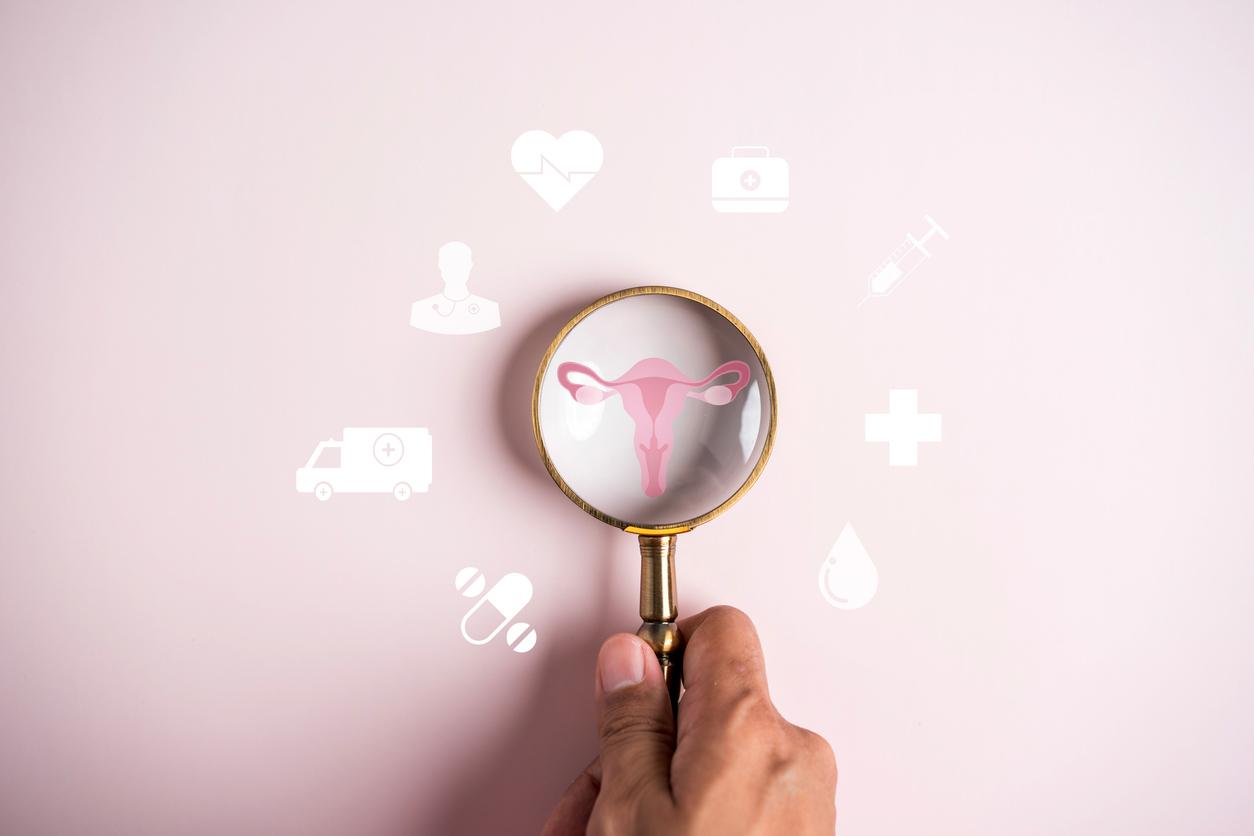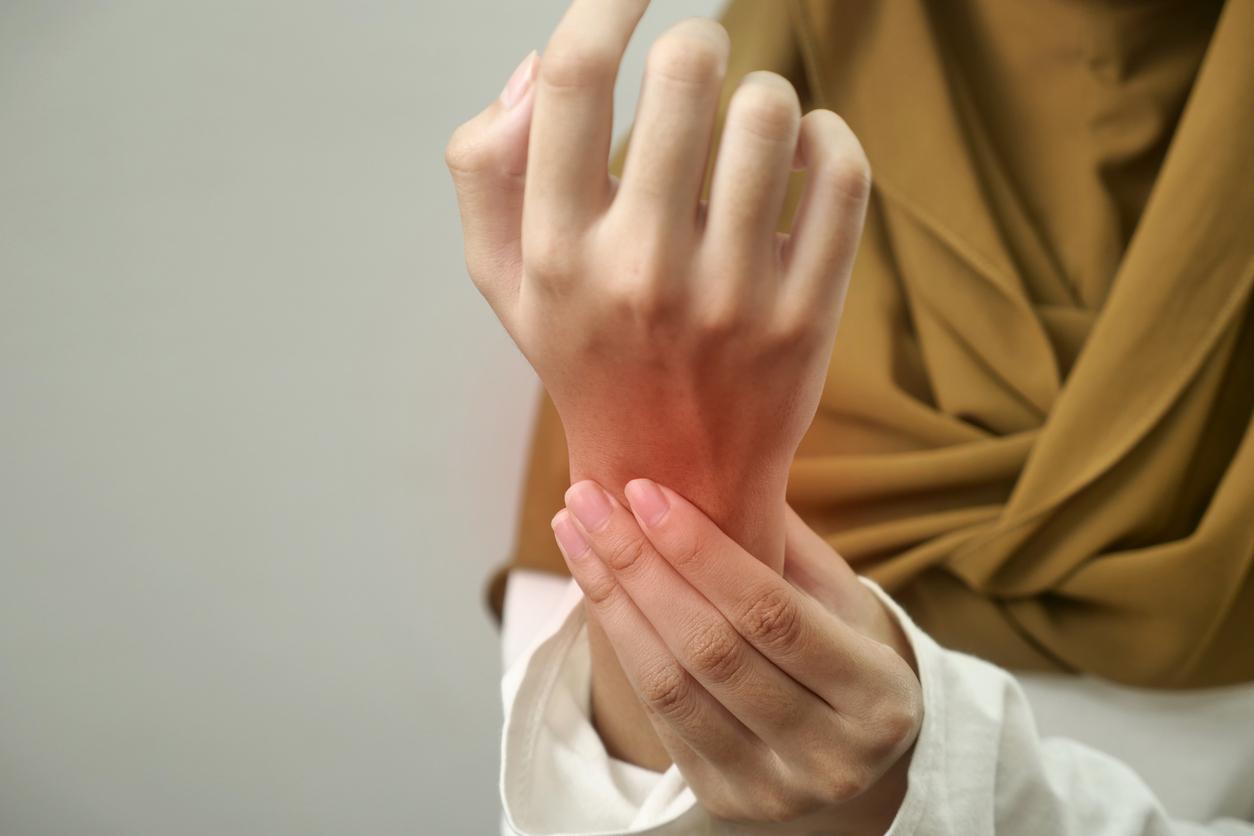The risk of loss of bone density in postmenopausal women is much lower than previously thought.

- Previous studies have estimated the loss of bone density at 20%.
- This 25-year follow-up study is the longest ever.
Camilla Parker Bowles, the wife of Prince Charles, recently opened up about osteoporosis, the disease that killed her mother in 1994. On the occasion of World Bone Disease Day, which is characterized by a decrease bone density, on October 20, she told how it had become fragile. “I remember that friend of hers who came to kiss her and broke her rib“, she testified.
Longest follow-up of bone density
Menopause increases the risk of osteoporosis and makes them fear the risk of suffering the same fragility as the mother of Camille Parker Bowles. New research, published October 19 in the Journal of Bone and Mineral Research, is reassuring. This concludes that the risk of bone loss in postmenopausal women is lower than previously estimated and this loss of bone density does not exceed 10%.
The Finnish researchers who conducted the study followed a group of 14,200 women for 25 years. At the start of the survey, they were all between the ages of 47 and 56. This is the longest follow-up of changes in bone mineral density in postmenopausal women, and it is still ongoing.
Few risk factors
The research concludes that bone loss after menopause is significantly less than previously assumed based on previous studies. “The mean decrease in bone mineral density was less than had been assumed based on shorter and earlier follow-ups where the rate of bone loss at the femoral neck was estimated to be over 20%.explains Professor Joonas Sirola, lead author of the study. There were also surprisingly few risk factors affecting bone mineral density. The strongest protective factor against bone loss was hormone replacement therapy. Weight gain during follow-up also protected against bone loss.”
The researchers assure that this long-term monitoring of bone mineral density sheds new light on osteoporosis after menopause. Although the risk exists, the reality appears less dramatic than previously imagined and brings a better understanding of bone loss in older women.

.
















